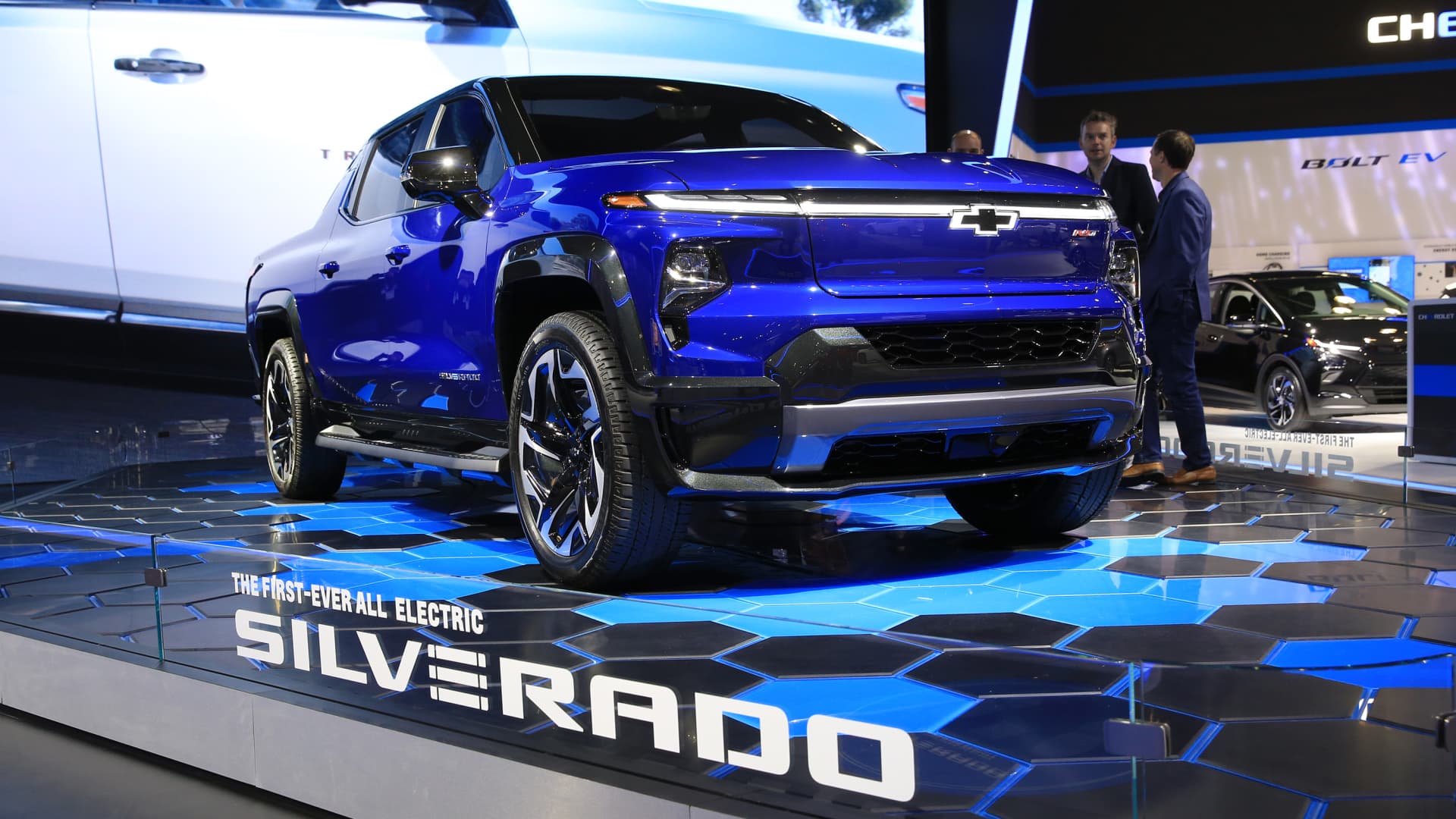Ford issues stop-sale of electric Mustang Mach-E crossovers due to potential safety defect


DETROIT – Ford Motor is instructing dealers to temporarily stop selling electric Mustang Mach-E crossovers due to a potential safety defect that could cause the vehicles to become immobile.
Ford, in a notice Monday to its dealers, said potentially affected vehicles include 2021 and 2022 Mach-Es that were built from May 27, 2020, through May 24, 2022, at the automaker’s Cuautitlan plant in Mexico.
Nearly 49,000 of the roughly 100,000 Mach-Es produced during that time frame will be part of a recall, Ford spokesman Said Deep told CNBC.
The problem involves a potential overheating of the vehicle’s high voltage battery main contactors, which is an electrically controlled switch for a power circuit. The issue can lead to a malfunction that could cause the vehicle not to start or immediately lose propulsion power while in motion, the notice states.
The recall is notable, as automakers continue to have problems launching new electric vehicles. Ford, in recent years, also has experienced problematic vehicle launches, leading to high recall and warranty costs.
Ford has issued a handful of recalls regarding the Mach-E since its launch, according to National Highway Traffic Safety Administration’s website. They’ve ranged from a software error causing unintended acceleration in less than 500 vehicles earlier this year to problems with loose subframe bolts and inadequate bonding for thousands of the vehicle’s glass panel roofs.
Deep said Ford has submitted a recall petition to NHTSA, which handles such matters. The federal vehicle safety watchdog did not immediately respond regarding confirmation of the filing.
Ford expects to offer a solution for the problem in the third quarter, according to the bulletin. Mustang Mach-E owners will be notified via mail after repair instructions and parts ordering information have been provided to dealers.
Deep said the company’s remedy will include a software update to the vehicle’s “Secondary On-Board Diagnostic Control Module and Battery Energy Control Module.” It will be conducted remotely, or over-the-air. Customers also have the option of taking their vehicle to a Ford dealer.
This post has been syndicated from a third-party source. View the original article here.




